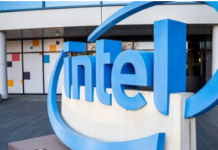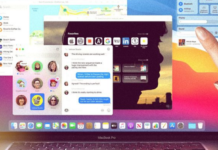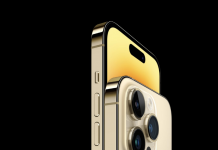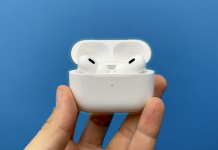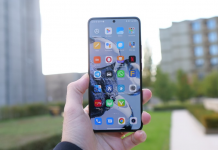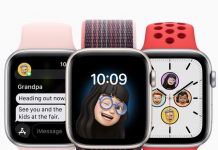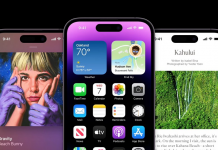Tablets are devices that during their early years have been marketed almost exclusively as entertainment media for media consumption and web browsing, but which are becoming more versatile and powerful with each passing year.
Especially Apple’s iPads. While there are very powerful proposals with Android, such as Samsung’s Galaxy Tab and some high-end Lenovos, Google’s abandonment to continue improving its system for larger screens, along with each manufacturer adding its own features through levels of customization, has made the experience differ a lot depending on the brand, and consistency shines through its absence.
The turning point of Apple tablets has been the look of the professional range or iPad Pro, devices that stand out for their unique performance and features that are not available for more modest models of the company, and iPadOS, a development with the iOS base that improves the capabilities of these devices.
Other than that, there are accessories. On the one hand, the smart keyboard and magic keyboard allow you to use them, saving distances, such as a laptop, which greatly facilitates office automation tasks and because they gain weight in educational environments. On the other hand, the Apple Pencil, a stylus with which to turn the tablet into a canvas or notebook and that offers an experience close to writing with pen on paper.
My approach to the Apple Pencil was with the iPad Pro (2018), so it’s the second generation, the most ergonomic and induction-charging generation on one side of the tablet.
I bought it after a few months of buying the tablet, so I’ve been using it for about two years. I managed to get you a good idea of its benefits and possible limitations, and this is my experience after two years of use.
Goodbye, paper notebooks. Hello, digital sheets






